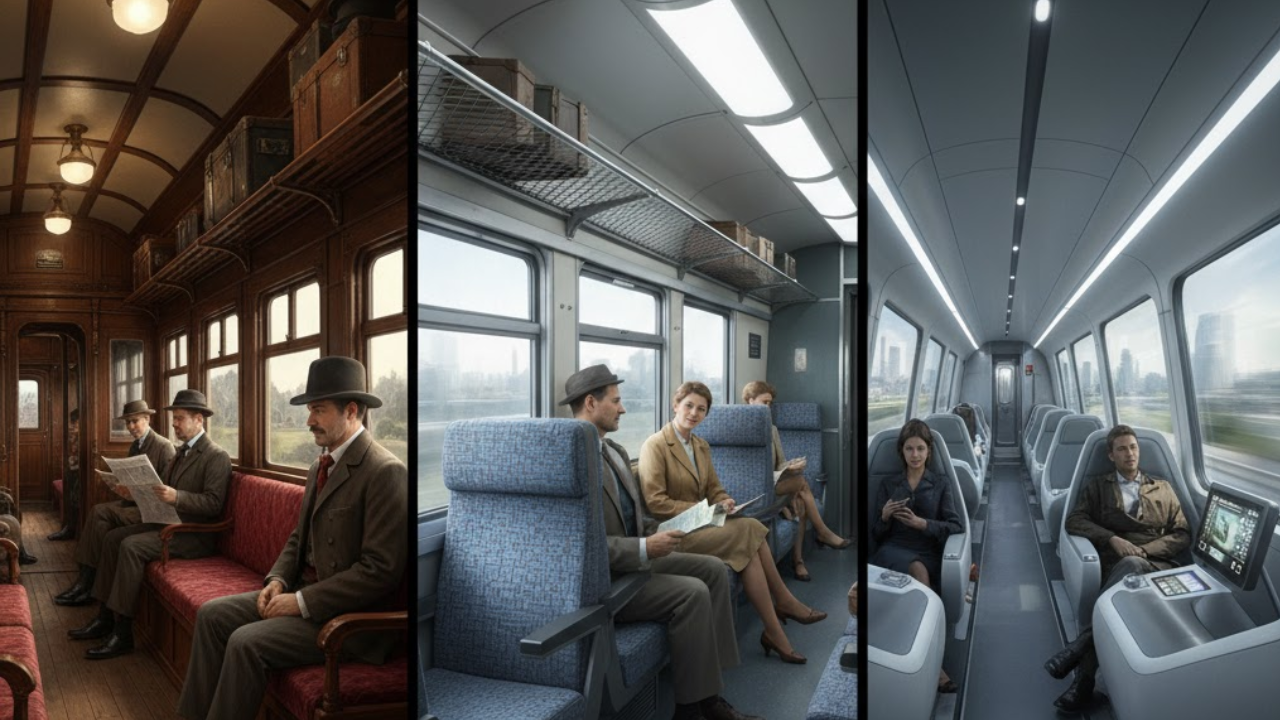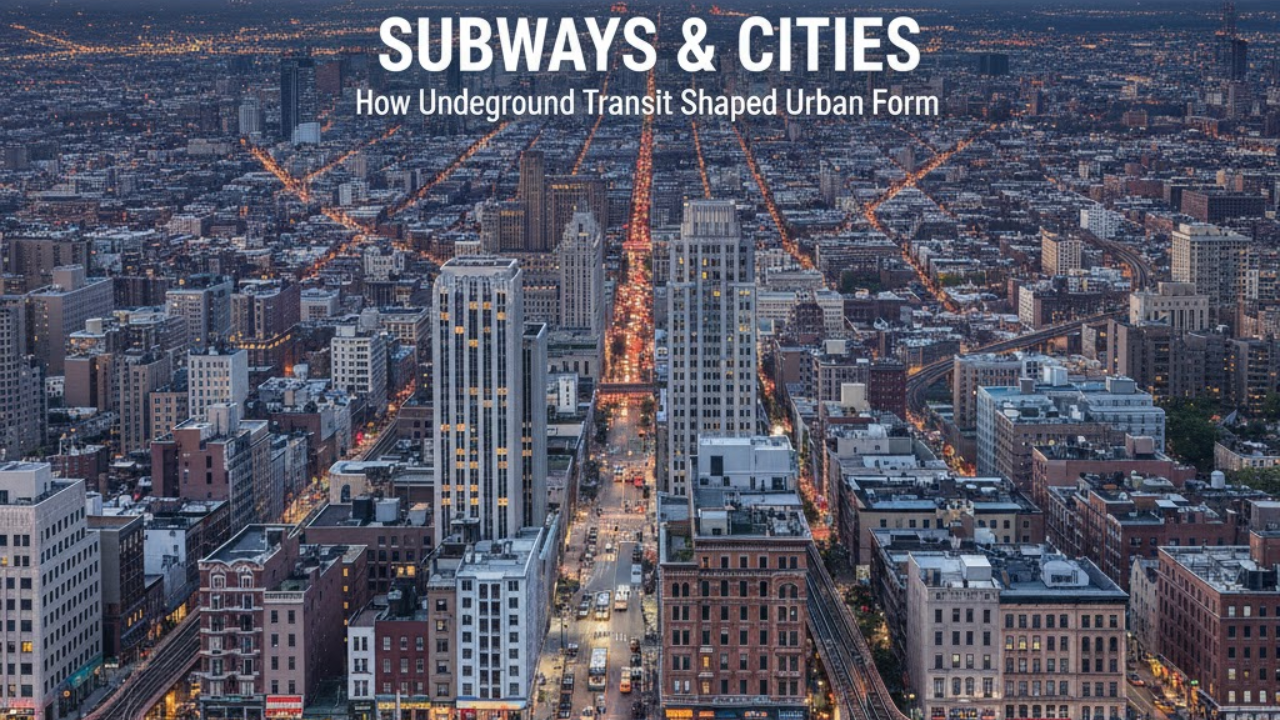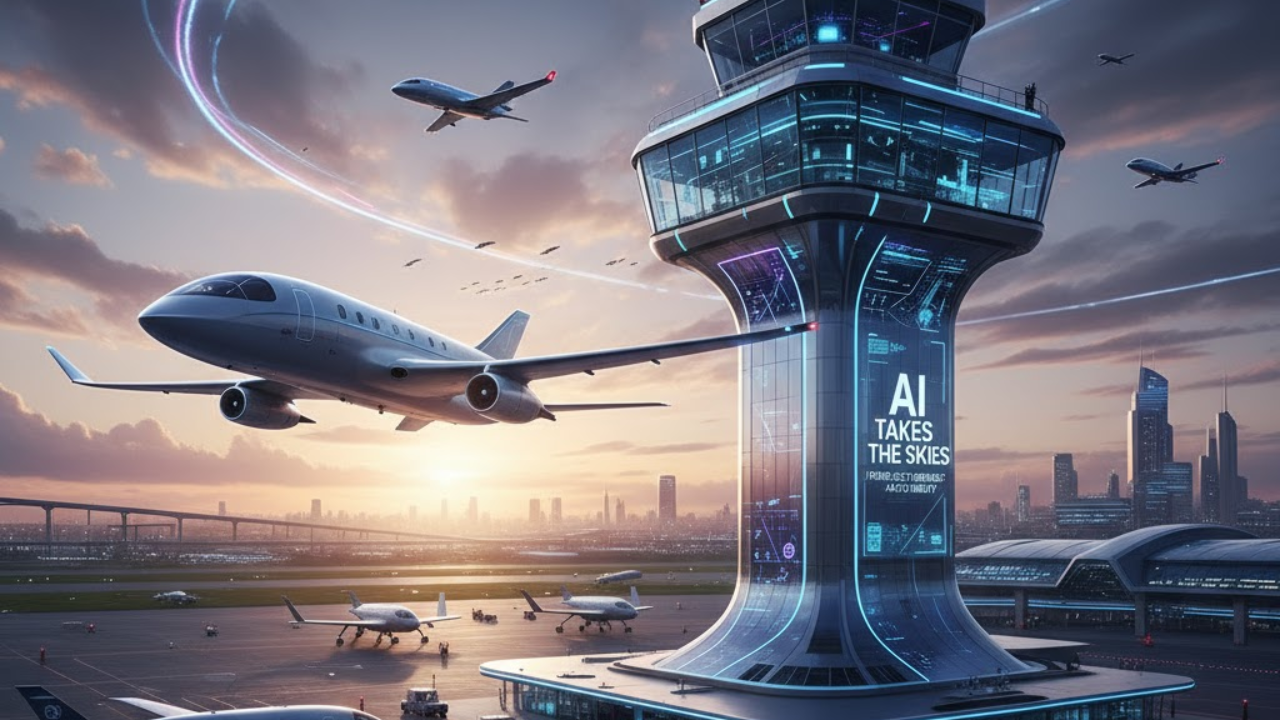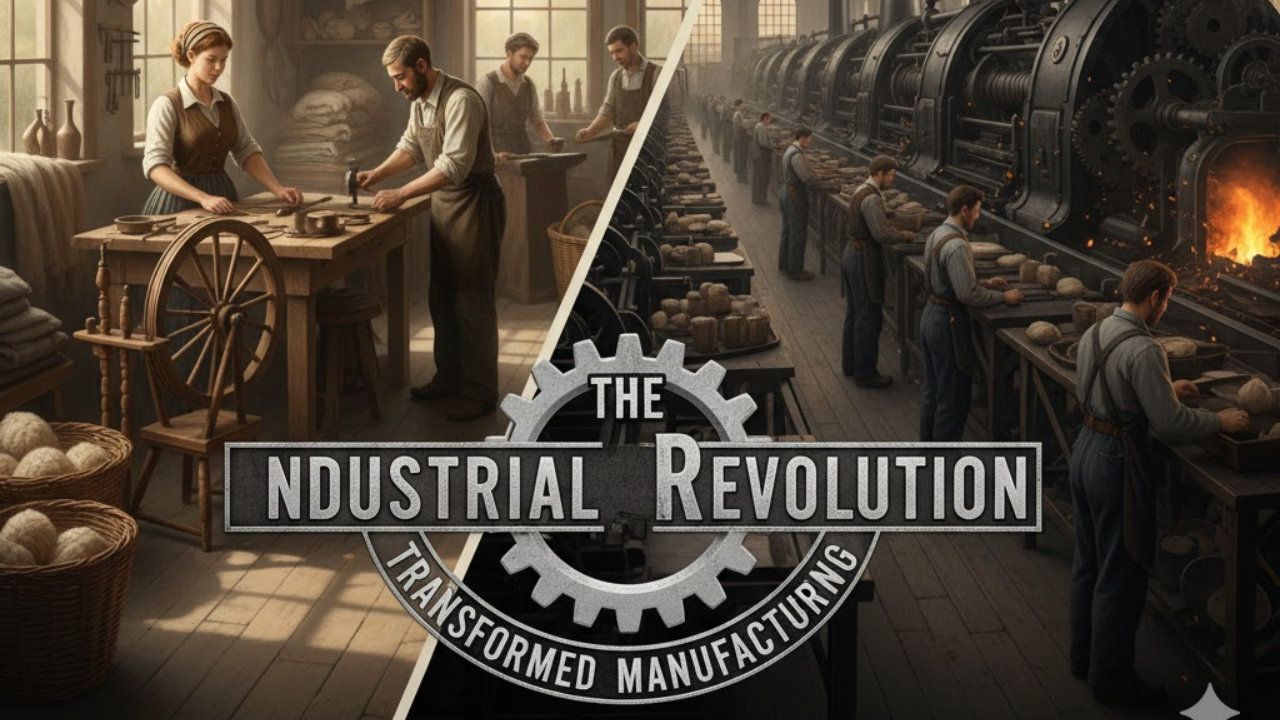
Post by : Meena Rani
The inside of a train tells a story as vivid as the landscape through its windows. From the smoky warmth of steam engine carriages, through the golden age of luxury sleeper cars, to the ultramodern cabins of maglev trains—each era reflects its values, technologies, and design ideals. The evolution of train interiors mirrors human progress: comfort, speed, sustainability, and style.
In the early days of rail travel, interiors were utilitarian. Steam locomotives lumbered across rough tracks; carriages had wooden benches, little insulation, and minimal amenities. Yet even then, entrepreneurs saw opportunity: Pullman cars in America introduced plush seating, private compartments, and fine dining, signaling the beginnings of luxury on rails.
Features that distinguished this era:
Ornate wood paneling, brass fixtures, and cushioned seats designed to comfort in an age of slow travel
Compartment coaches that separated travelers into enclosed spaces for privacy
Dining cars and sleepers (basic at first), gradually improving with better materials, fabric, and lighting
The sensory environment was raw but romantic: the hiss of steam, the aroma of coal, lamps glowing in early evening through tinted glass.
As electric and diesel locomotives replaced steam, interiors began to change:
Warmer, cleaner lighting replaced soot-soiled oil lamps
Larger windows to capture scenery as travel became faster and smoother
Better ventilation, improved heating and cooling systems
More ergonomic seating, with upholstery materials that could resist wear
Interiors became less about ornamentation and more about utility blended with comfort. Conveniences like restrooms, refined dining, and sleeper cabins became standard on long journeys. Interiors became brighter, cleaner, more hygienic.
In the late 19th and early 20th centuries, luxury train travel flourished. Train companies competed by creating interiors that felt like moving palaces:
Lounge and observation cars with panoramic windows and plush lounges
Private sleeper suites with plush bedding, washrooms, and even private attendants
Decorative touches: art deco styling, intricate woodwork, crystal chandeliers, fine silverware in dining cars
Social spaces within train cars—bars, libraries, salons—so travel itself felt like leisure
This era was about prestige and aesthetics, not just getting somewhere, but how you got there.
With the mid-20th century and beyond, as trains got faster (TGV, Shinkansen, bullet trains, etc.), interiors had to adapt:
Lightweight materials to reduce mass (aluminium, composites)
Streamlined layouts to maximize legroom, ease boarding, space for luggage
Improved suspension and noise insulation so interiors felt smooth even at high speeds
Climate control, LED lighting, digital displays, charging ports—amenities aligning with modern expectations
Design became minimalist and efficient, yet comfortable. High speed meant less time aboard, so interiors focused on maximizing transient comfort and clean aesthetics.
Today, maglev trains push the envelope further. Interiors are being reimagined not just as passenger cabins, but as futuristic pods with tech, sustainability, and sensory experience at the core.
Trends in maglev cabin design include:
Ultra-quiet interiors due to lack of wheel-on-rail friction; thus acoustic design becomes central
Wider carriages and more spacious seating layouts, as floating car design gives more flexibility
Smart lighting systems that adapt to outside conditions; panoramic windows with advanced glazing to reduce noise and heat
Touchless interfaces, digital connectivity, onboard entertainment and workspaces
Sustainable materials, recycled fabrics, energy-efficient HVAC systems
Maglev interiors are less about ornament and more about experience: minimal, responsive, quiet, and future-forward.
Passenger Experience: Travel fatigue decreases when interiors are quiet, clean, ergonomic, well-lit.
Speed & Safety: Faster trains require better materials, vibration dampening, safety features.
Design & Branding: Luxury or identity of rail companies is partly in how their cabins look and feel.
Sustainability: Efficient interiors use less energy, lighter materials, and cleaner tech.
Technology Integration: WiFi, automated systems, digital displays, adaptable lighting—all part of modern expectations.
The train interior is still evolving. Some emerging ideas:
Pod-style cabins where small groups have private, customizable space
Autonomous interiors: fewer staff cabins, more self-service or smart service
Virtual windows, augmented reality panels enhancing views or providing data
Zero-gravity comfort; better health-centric design (air quality, motion sickness control)
The future cabin may feel more like a luxurious private lounge than a transit compartment.
Disclaimer:
This article is based on historical accounts, design trends, and current developments. Interpretations and projections may change as new technologies or discoveries emerge. The content is for informational and inspirational purposes only.
Train Interiors, Steam Trains, Maglev, High-Speed Rail, Luxury, Transportation Design, Ergonomics, Rail Innovation










Bengaluru-Mumbai Superfast Train Approved After 30-Year Wait
Railways approves new superfast train connecting Bengaluru and Mumbai, ending a 30-year demand, easi

Canada Post Workers Strike Halts Nationwide Mail and Parcel Services
Canada Post halts operations as CUPW strike disrupts mail and parcel delivery nationwide amid disput

PM Modi Launches BSNL ‘Swadeshi’ 4G Network, 97,500 Towers Built
India enters global telecom league as PM Modi inaugurates BSNL’s indigenous 4G, connecting 26,700 vi

India’s Iconic MiG‑21 Takes Final Flight After Six Decades of Service
After 60 years India retires its MiG‑21 fighter jet, a legendary yet controversial warplane marking

Hindustan Zinc unveils AI hotspot monitoring at Debari smelter
Hindustan Zinc launches AI-powered Switchyard Hotspot Monitoring at Debari smelter to cut outages bo

Chinese experts worked inside sanctioned Russian drone plant
Chinese drone specialists visited IEMZ Kupol supplying parts and drones via intermediaries, deepenin